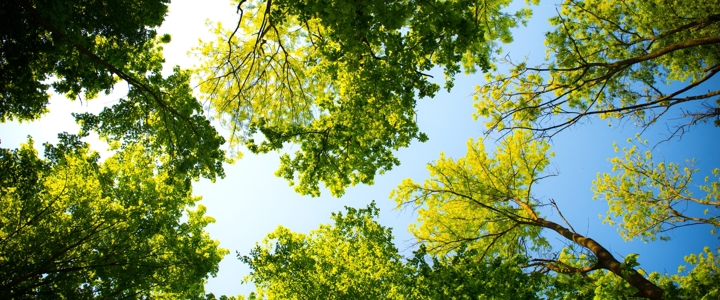News release from: 06/10/2023
Progress towards new Air Quality Strategy

Cambridge City Council has agreed to work on a new Air Quality Strategy to target stricter air quality standards – in line with the World Health Organisation (WHO) targets – and to develop the strategy jointly with South Cambridgeshire District Council (SCDC).
The decision was taken at the City Council's Environment and Community Scrutiny Committee yesterday, Thursday 5 October.
The emerging Air Quality Strategy will demonstrate how the City Council will pursue the stricter targets for air quality that were set out by the WHO in 2021. These targets are for better air quality levels than those required by the Local Air Quality Management (LAQM). LAQM is overseen by the Department for Environment, Food and Rural Affairs (DEFRA).
Regular monitoring has shown that the air quality levels in Cambridge already meet the current national legal requirements. Under the Environment Act 2021 an Air Quality Strategy is required to outline how the air quality will be maintained and improved if it meets the current standards. However, it is widely accepted that there is no safe level of air pollution which is why despite meeting national air quality objectives, the council wishes to strive for better air quality in the city.
The strategy will be developed in partnership with SCDC, should SCDC similarly approve joint working on this later this year. This is because air quality has no boundaries and with projected increases in population and development across Greater Cambridge, a joint strategy would allow for an integrated approach to minimising emissions and maximising benefits to public health.
Once developed, it is hoped that the new strategy will be consulted on in January 2024, with a finalised strategy presented to committee in March 2024.
An Air Quality Management Area (AQMA) in central Cambridge was first declared in 2004 due to high levels of nitrogen dioxide that exceeded the national air quality objectives of 40 microgrammes per cubic meter. The primary source of the nitrogen dioxide in Cambridge was found to be from vehicle exhausts due to the combustion process.
Since 2004 air quality has steadily been improving in Cambridge, helped by measures being implemented with the support of the council. These measures include:
- Introducing requirements for low emission taxis through the taxi policy
- Investments in active travel
- Increasing electric vehicle charging points
- Implementing planning policies that restrict emissions from both domestic and commercial projects.
Cllr Rosy Moore, Executive Councillor for Climate Action and Environment, said: “We have come a long way since 2004 and meeting the standards of air quality outlined by the Local Air Quality Management is an achievement we should be proud of, but it is still not enough.
“We must bring levels of air pollution in the city right down to protect our residents and our visitors. Air pollution has drastic impacts on our health, from respiratory infections to severe and chronic illnesses, that can result in a poor quality of life and lower life expectancy. That’s why we are looking into developing a strategy that will allow us to reach the stricter air quality targets set out by the World Health Organisation.
“We have been working closely with our partners including Cambridgeshire County Council and the Greater Cambridge Partnership to help implement measures to reduce air pollution. These measures include delivering on our Air Quality Action Plan and the wider Climate Change Strategy. We hope that residents continue to support our work which will only benefit their health and the health of resident generations to come.”
South Cambridgeshire District Council’s Lead Cabinet Member for Environment, Cllr Brian Milnes, said: “As a rural district, air quality is generally good in South Cambridgeshire, with both short- and long-term pollution levels below national objectives. As a council we track air quality locally at several sites, and promoting and protecting it is a key part of our Business Plan.
“However, we also know that nationally air pollution is a big environmental health risk. We can all play a part in improving the air we breathe - from reducing your own contribution to air pollution to using your voice to call for cleaner air. For example, of course by walking and cycling rather than driving where we can, but also if you rely on wood for your heating, use 'ready to burn' materials. This could be dry wood or approved manufactured solid fuels, and try to ensure that your appliance is eco-design accredited.”
